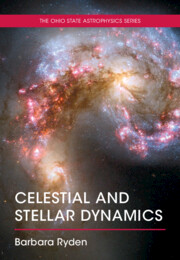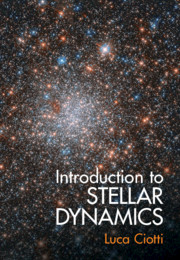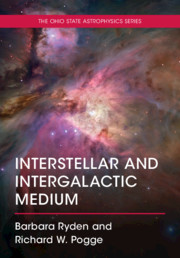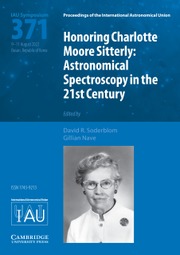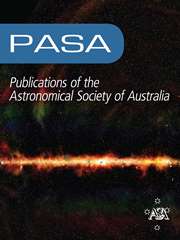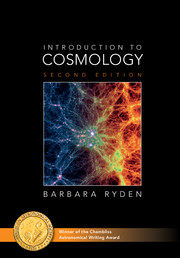Celestial and Stellar Dynamics
Although the field of celestial dynamics – the application of Newtonian dynamics to systems with a relatively small number of celestial bodies – is centuries old, it has been reinvigorated by the discovery of thousands of exoplanetary systems orbiting other stars. This textbook uses the properties of planetary systems, including own Solar System, to illustrate the rich variety of behavior permitted by Newton's law of gravity. The textbook then expands its view to examine stellar dynamics – the study of systems containing a very large number of stars or other celestial bodies. The different techniques used for celestial dynamics and stellar dynamics are compared and contrasted. However, throughout the text, emphasis is placed on the underlying physics that applies on scales as small as the Earth–Moon system and as large as a cluster of galaxies. It is ideal for a 1-semester astrophysical dynamics course for upper-level undergraduates and starting graduate students.
- Covers both celestial dynamics and stellar dynamics, which are often taught separately despite being based on the same principles of Newtonian gravity
- Focuses on key physical processes for a concise, focused coverage, avoiding topics that are only of real interest to specialists
- Mathematical derivations are complemented with physical intuition and motivated by order of magnitude calculations, allowing students to understand why certain effects are important, and what causes them
- Integrates observational results with the theoretical calculations, using a wide range of examples, giving students a better understanding of how the field developed, as well as a broader astrophysical context
Reviews & endorsements
'This is the first book to provide a unified treatment of the two main subjects in astrophysical dynamics: the study of systems like the solar system that contain only a handful of planets, and the study of systems like star clusters and galaxies that contain millions or billions of stars. With remarkable brevity, clarity, and focus, Ryden has extracted the most important physical principles of both subjects at a level suitable for any reader with a basic background in classical mechanics.' Scott Tremaine, Institute for Advanced Study, Princeton
'How refreshing to read a book that covers so many different aspects of dynamical astronomy in such an authoritative and absorbing style! The book adeptly takes the reader on a journey from the two-body problem to the two-galaxy problem complete with appropriate nods to the subject's rich history. One of the text's real strengths is that it highlights the physical principles common to systems on a wide variety of scales.' Carl Murray, Queen Mary University of London
'This book is interesting, comprehensive, and clearly written. It gives historical and observational context in a delightfully light and informative way, and tackles the mathematics of celestial dynamics and stellar dynamics. These two related topics are exceptionally timely as they apply to the very active fields of exoplanets and Galactic dynamics respectively.' Carole Haswell, The Open University
Product details
January 2025Paperback
9781108819015
244 pages
242 × 169 × 12 mm
0.48kg
Available
Table of Contents
- Preface
- 1. Newtonian Dynamics
- 2. Three-body Systems
- 3. Resonances and Chaos
- 4. Tides
- 5. Exoplanetary Systems
- 6. Many-Body Systems
- 7. Orbits
- 8. Collisionless Stellar Systems
- 9. Encounters Between Stellar Systems
- 10. Relaxation and Collisional Systems
- Appendix A: Constants and Units
- Further Reading
- References
- Figure Credits
- Index.

